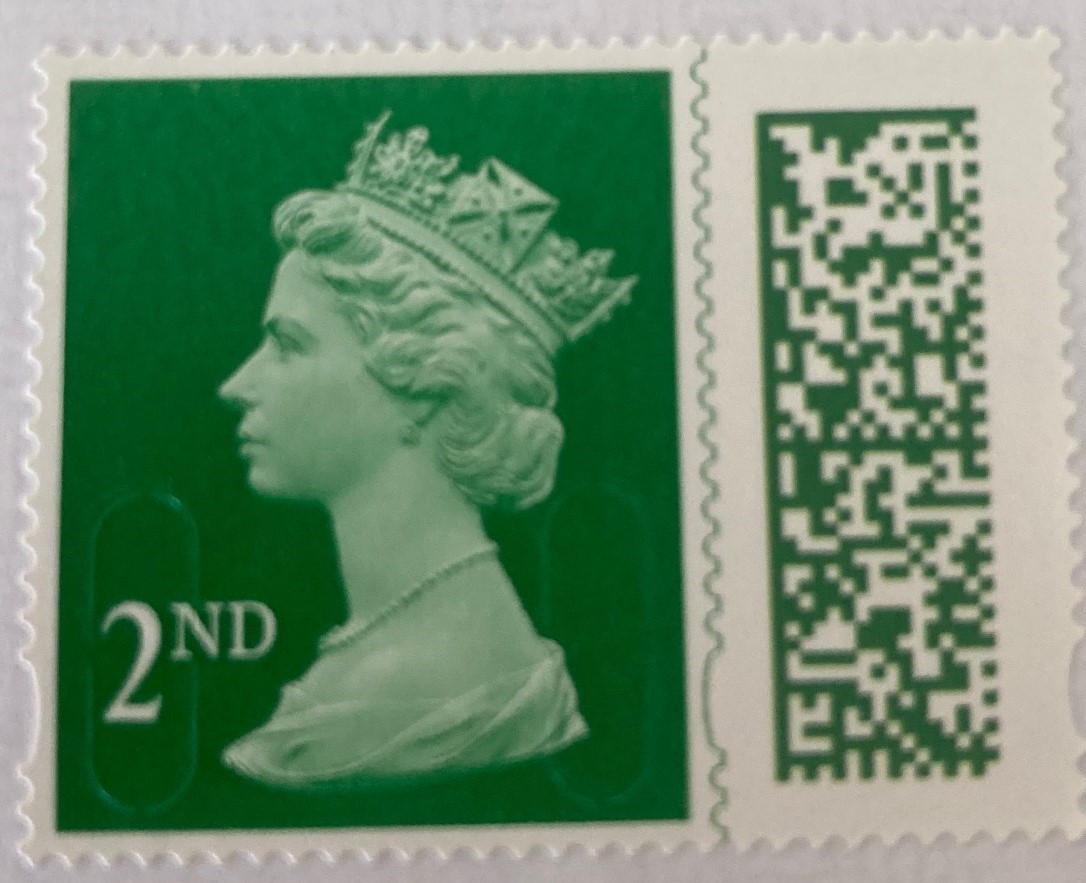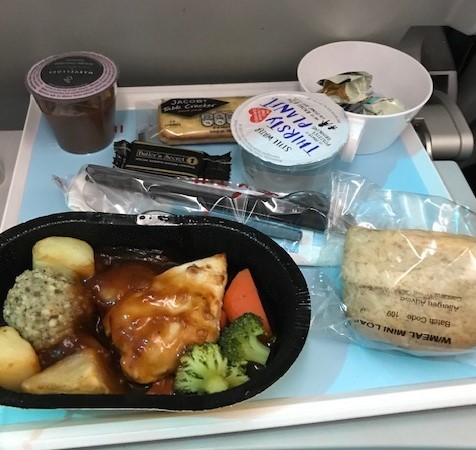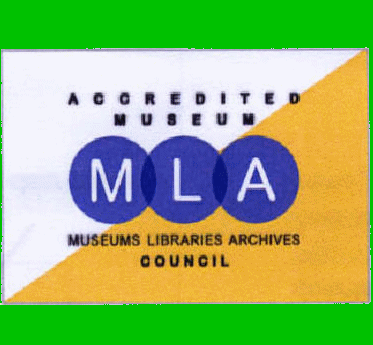Dates for your Diary
Saturday June 17th 10am – 5pm Aberfest
Friday 11th August - ‘The Nosy Little Troll’ 11am (£10) followed by Shadow Puppet Workshop 2.30pm (£5)
Music Fridays (10am – noon) Free! No booking required.
Dance for all / Afternoon Dancing £4 alternate Tuesdays at 2pm (£5)
For more information visitor Tel 01495 533195
Museum Opening Times
The Museum is open to the public, free of charge:
Thursday* to Saturday 10am – 1pm
July 100 Club
This month’s prize numbers were drawn by member Trevor Cook and the lucky winners are:-
No 68 Lucy Harding £20
No 88 Matthew Price £10
If you would like to join our 100 club and be in with a chance of winning, it costs just £1 a month. Ask at the museum for further details.

Congratulations
One of our younger volunteers is getting married this month and we would like to wish Katie and her fiancée Dafydd, together with their lovely daughter Frankie, all the very best for the big day and for their married life together!
Pokemon Hunt Is On!
Come along this August for a fun Pokemon Hunt plus we have some new photo treasure hunts on offer too. All hunts are 50p per child (includes a sweet treat on completion) and while the children enjoy the search, parents can relax in our café with a hot drink.

Digital Stamps
 With the exception of special stamps such as commemorative stamps or Christmas stamps, only stamps with a digital bar code can be used now. If you still have old style stamps they can be swapped by picking up a form and Freepost envelope at any post office. Amongst other things, it is intended that the digital code will pave the way for innovative services for customers of Royal Mail such as allowing embedded video messages.
With the exception of special stamps such as commemorative stamps or Christmas stamps, only stamps with a digital bar code can be used now. If you still have old style stamps they can be swapped by picking up a form and Freepost envelope at any post office. Amongst other things, it is intended that the digital code will pave the way for innovative services for customers of Royal Mail such as allowing embedded video messages.
Fine Dining at 30,000 Feet
Airline food has come a long way since my first experience of it in the early 1970s. Back then you were likely to be served a dry sandwich with the texture of cardboard! These days the food is a culinary delight but until I watched a recent Channel 5 documentary, I hadn’t realised the huge logistical operation that occurs on the ground to make that meal a reality…
There is something decidedly quirky about dining in the air! Until around ten years ago most airlines offered the option of pre-booking a hot meal when you booked your flight. These days you usually only get a hot meal on long haul flights of 7 hours or more along with a second lighter meal later in the flight. For me, the flight is the start of my holiday and with little to do but gaze out of the window or watch a movie; a delicious hot meal is something to look forward to and break up the monotony.
The biggest supplier of airline food is Alpha LSG Ltd who employ highly qualified chefs many of whom have worked in Michelin star restaurants and on cruise ships. The firm supplies airlines with over 37,000 meals daily and everything is cooked fresh from scratch regardless of whether you are flying economy (served in a single tray) or first class (served up on china plates and bowls). The economy meal tray measures 15cm by 10cm by 3cm deep and must weigh no more than 250g when filled as an aeroplane’s fuel is carefully calculated to the weight it is carrying.
Meals are first tested in the ‘Development Kitchen’ where all ingredients are not only weighed but measured to make sure they will fit in the tray and potatoes have to be chosen carefully to make sure they re-heat well and don’t turn to mush at 30,000 feet! Once a meal has been approved it is mass produced in the ‘Premier Kitchen’ by a team of 160 chefs who work 365 days a year producing meals for 30 different airlines. Apparently we lose some of our ability to taste on a pressurised aircraft so a compound found in tomatoes called ‘umami’ is added to increase the savoury flavour.
Once cooked the food has to be rapidly cooled in the ‘blast chillers’. This is because bacteria grows rapidly when the food temperature is between 8º and 63ºC (known as the ‘danger zone’) and it could be many hours yet to your flight. Surprisingly, this ‘danger zone’ was discovered by NASA in the 1960s when investigating how to provide safe food for astronauts. Once cooled the food then goes to the ‘plating room’ for assembly into the trays with each ingredient carefully weighed. This has to be done as quickly as possible to keep the food out of the danger zone and to this end the plating room is kept at a chilly 10ºC.
Once ready, the meals are taken by lorry to the airport where they are subject to security checks just like you and I. Before the meals can be loaded on board the aircraft however, the remains of the previous flight’s meals have to be unloaded. These are taken back to the ‘wash room’ where massive dishwashers clean thousands of cups, plates and bowls at a time with any food waste being recycled to turn into energy to run homes. Very little is wasted. Indeed it is huge endeavour run to military precision!

Chicken in red wine gravy followed by chocolate orange ganache and cheese and biscuits
I have been told by some that they don’t like airline food as the meal is just not big enough but when eaten along with the cute little bread roll and butter, the dessert, the cheese and biscuits (and complimentary wine plus tea/coffee); it is a very satisfying meal that a small army of people have made possible (not forgetting the cabin crew themselves) and I shall certainly remember that the next time I am on a flight and the smell of that delicious hot meal starts to waft down the cabin! So if you get the chance to book a meal on a shorter flight, I suggest you do because you’re not sharing mine!
Sally Murphy
Butlins Summer 1966
A levels were over and it would be several weeks before the results would be out. I'd always worked in the summer holidays – usually at Rees' Bakery in one of the shops or the warehouse, and one year I worked in the office at Dunlop Semtax in Brynmawr. But in 1966 a friend and I decided to do something different and work at a Butlins Holiday Camp.
We decided on Minehead, partly because it was reasonably near and partly because we knew a few other people who were also likely to be working there. We applied, were accepted, and on the due day took the train to Minehead (it had a train service until 1970). Having checked in at the holiday camp I was allocated a job as a chalet maid. Do you remember Su Pollard in Hi de Hi and that awful green wrap-a-round overall she used to wear? Well that's what I had to wear too! Not very flattering! We had the choice of living at the camp or in a Bed & Breakfast in the town. We knew from friends that the staff quarters were a bit grim so we opted for the B&B and it was a good choice. Our room was comfortable enough and we had a pleasant walk through the town park on our way to and from work.
I can't pretend I enjoyed cleaning up after people but I did my job well enough but, despite that, no-one ever left a tip! However, the big bonus of the job (apart from plenty of food) was that once your work was done (and there might also have been some time restriction like after 4pm), you could use all the facilities on the camp free of charge. We enjoyed the amazing swimming pool of course, and the club/dances in the evenings. All in all it was a good few weeks. I've looked at the website for Butlins at Minehead and the accommodation there now is a world away from the chalets used in 1966. They still have to be cleaned though so don't forget your chalet maid if you stay there!
Jen Price
The Argyll Militia
On the 16th April 1746, Bonnie Price Charlie’s Jacobite Army was routed by The duke of Cumberland’s government forces at Culloden Moor. Fighting with Cumberland were members of clan Campbell. The Campbells were, on the whole, loyal to the English Crown and were among the first to form what became the Black Watch. This body was originally tasked with controlling the lawless highlands to prevent cattle rustling. Others adopted the red coat and tricorn hat, worn with Campbell tartan kilts, to form the Argyll Militia.
The musket shown in the image below is a French Charleville type, other troops were armed with flint-lock Brown Bess  muskets. These, with an attached bayonet, defeated the Targe and Broadsword Highland charge. Following the disastrous battle, the wearing of a kilt, the carrying of a sword and even the playing of bagpipes was banned on pain of six months imprisonment for a first offence and deportation for a subsequent felony.
muskets. These, with an attached bayonet, defeated the Targe and Broadsword Highland charge. Following the disastrous battle, the wearing of a kilt, the carrying of a sword and even the playing of bagpipes was banned on pain of six months imprisonment for a first offence and deportation for a subsequent felony.
It was in 1822 that King George IV, aided and encouraged by sir Walter Scott, visited Edinburgh in full highland dress and from then on our proud heritage of distinctive clothing was resurrected. The origin of Campbell came from ‘crooked mouth’, the term used to describe the Welsh Celts who migrated north in the time of the Picts and who spoke a different Celtic tongue.
Simon Campbell
South Koreans Get Younger!
What does a race horse have in common with a South Korean? The answer is that, until recently, they all shared the same birthday! Race horses are all deemed to be born on 1st January regardless of their actual birthday and a similar rule, until recently, applied in South Korea…
Until now, if you were born in South Korea then you were born aged one. Also the entire population, just like our race horses, aged one year on 1st January each year. This meant that a baby born on 31st December turned two years of age on 1st January! The law has now changed though to bring South Korea in line with the rest of the world meaning that all its population are now younger.
This system was not unique to South Korea but most other countries have long abandoned it with Japan giving it up in the 1950s and North Korea in the 1980s. Now that South Korea has also adopted the international system of zero at birth and aging one year on the anniversary of actual birthday, everyone has become either one or two years younger!
You can read more on the story here
Tredegar’s Time Capsule
Work is underway to build a new ‘Health and Wellbeing’ Centre on the site of the old Cottage hospital at Tredegar and it was there, buried in the old foundations, that workmen discovered a 120 year old time capsule. The capsule contained coins and newspaper articles of the day and these are now on display at Tredegar Local History Museum within Tredegar Library, at The Circle, Tredegar. For more information contact the Museum on 01495 357869 or read more on the following link
Sally Murphy
Wimberries
Wimberries. A friend from Yorkshire calls them bilberries. They are also known as whinberries, whortleberries and blueberries but apparently the official name is the European blueberry, Vaccinium myrtillus.
Who hasn't picked wimberries? I haven't picked more than the odd one for many years now but having been out in the hills recently I can assure you that this is a good year for them should you fancy a day picking them. If not a day you certainly need a few hours to get a worthwhile pick, enough for a tart. Why always a tart I wonder? I've never seen them used in any other way such as a fruit crumble. But then what good tarts they make even though the berries seem to let out an inordinate amount of juice which inevitably spills when you cut the tart, hopefully not onto the tablecloth as the stains are notoriously difficult to remove. Maybe wimberry picking is just one more thing than was common in my childhood days, and for a long time before that, but which is a rarity today. I suppose the opportunities are also a bit more limited. I recall that when I was young, people always said that Cwmbeeg Dingle was 'the' place for wimberries but much of that dingle is now forested.
Having said that I have only ever come across wimberries in tarts (or pies) I thought I would look on the internet to see if anything else came up but the response time and again was wimberry tart/pie. Then eventually I found a few more – wimberry muffins, wimberry upside down cake (personally I would have thought the berries were too juicy for that), jam, sorbet...they are more versatile than I thought! I still think a tart is the best use for them though.
Jen Price
Top Of Page
© Abertillery & District Museum 2023 
